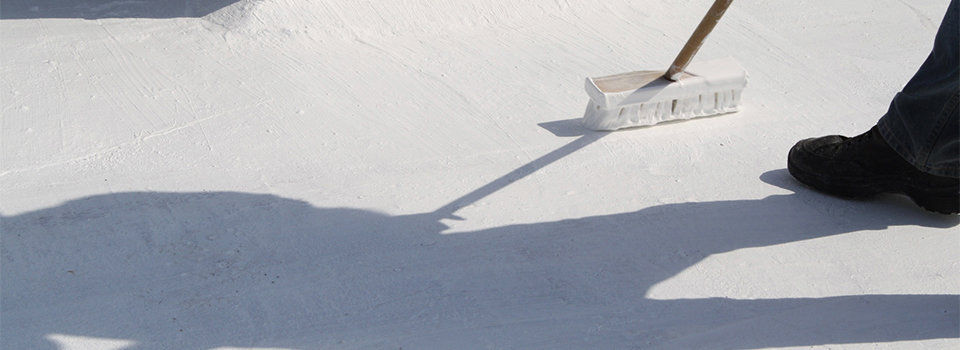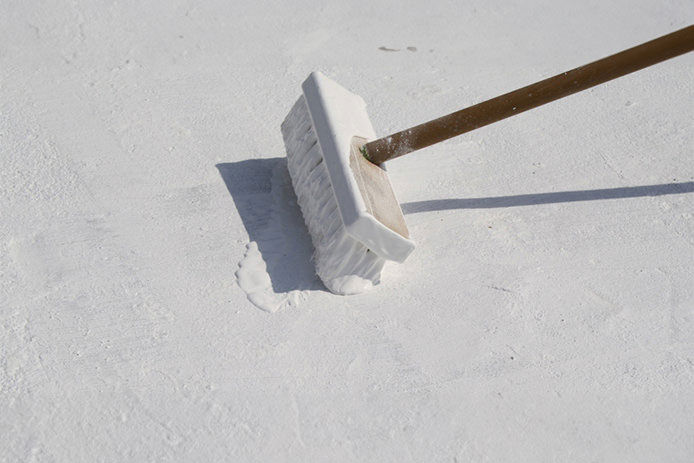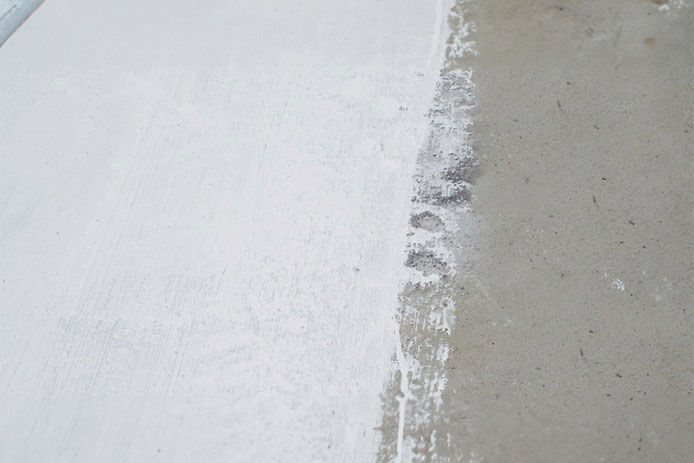Adding a roof coating that reflects the sun's heat can reduce temperature fluctuations inside the structure, allowing the HVAC system to run more consistently and efficiently.
Can you put roof coating on shingles?
A common question (and hotly debated) is whether you can apply a roof coating to asphalt shingles. The appeal is in the amount of cost savings in applying a silicone coating versus re-roofing the home. Homeowners should talk to their local contractor or roofing specialist to learn more about the severity of roof wear and their options in repairing it. If you decide to use a roof coating as a sealant over asphalt shingles, ensure you get a coating specifically formulated for that substrate.





